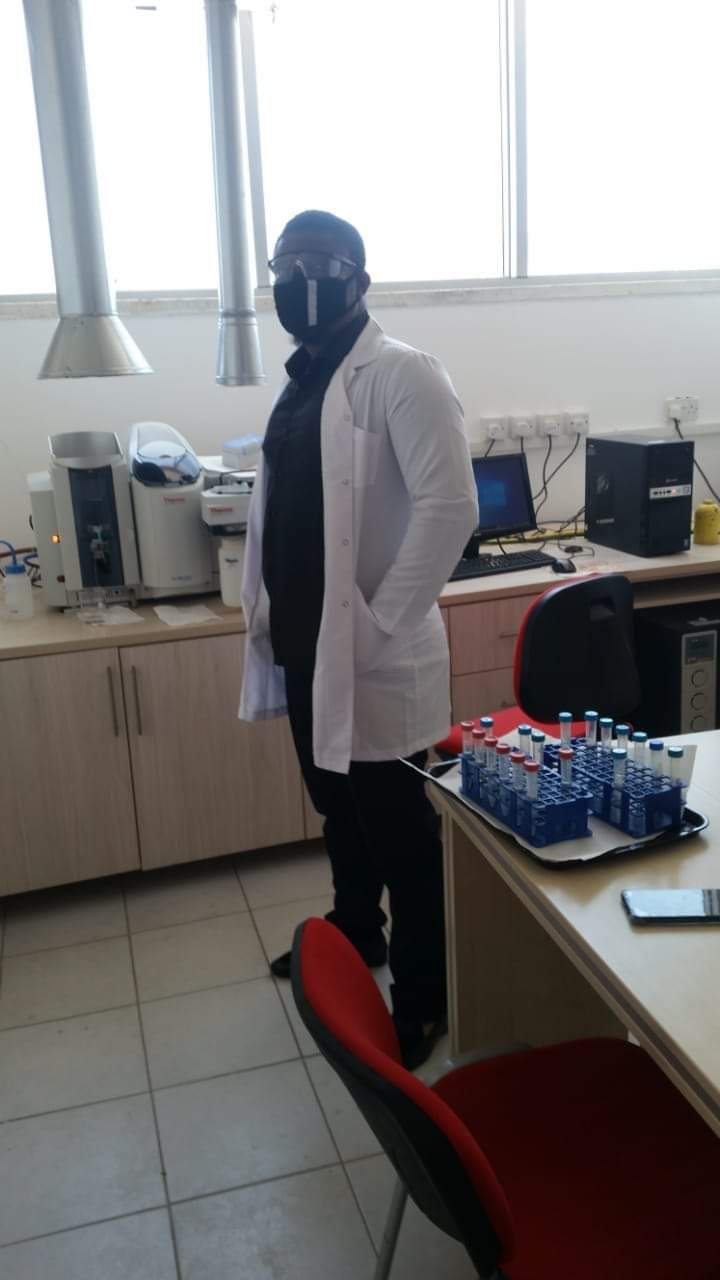
“Unlocking the Secrets of Spectroscopy: Empowering Student Success”
Subtitle: “Strategies for Educators to Make Spectroscopy Accessible and Engaging”
Introduction:
As educators, we strive to make complex concepts accessible and enjoyable for our students. Spectroscopy, a fundamental tool in chemistry, can be daunting for many learners. However, with the right approaches, you can unlock the secrets of spectroscopy and empower your students to excel. In this article, we’ll explore practical strategies to simplify spectroscopy and foster a deeper understanding in your students.
Challenges in Teaching Spectroscopy:
1. Abstract concepts: Spectroscopy deals with intangible phenomena, making it difficult for students to visualize.
2. Mathematical intensity: Complex equations and calculations can overwhelm students.
3. Instrumentation: Familiarity with spectroscopic instruments can be intimidating.
Strategies to Enhance Student Understanding:
1. Visual Aids: Utilize interactive simulations, videos, and 3D models to illustrate spectroscopic principles.
2. Real-World Applications: Connect spectroscopy to everyday life, such as medical diagnostics, environmental monitoring, or forensic analysis.
3. Hands-On Experiments: Incorporate laboratory activities that allow students to operate spectroscopic instruments.
4. Simplified Analogies: Explain complex concepts using relatable analogies, like comparing spectroscopy to a prism splitting white light.
5. Collaborative Learning: Encourage group work, discussions, and problem-solving to foster a supportive learning environment.
6. Gradual Complexity: Introduce concepts incrementally, building from basic principles to advanced topics.
7. Formative Assessments: Regularly evaluate student understanding through quizzes, group discussions, and think-pair-share activities.
8. Flipped Classroom: Reverse traditional lectures by providing pre-recorded content and reserving class time for interactive activities.
Innovative Resources/References:
1. Online simulations (e.g., PhET Interactive Simulations)
2. Educational videos (e.g., Crash Course Spectroscopy)
3. Interactive textbooks (e.g., OpenStax Chemistry)
4. Spectroscopy software (e.g., SpectraLab)
Tips for Effective Lectures:
1. Use storytelling to contextualize spectroscopy’s history and significance.
2. Incorporate think-pair-share activities to stimulate critical thinking.
3. Provide frequent opportunities for questions and feedback.
4. Use visual aids to illustrate key concepts.
5. Encourage active participation through polls, quizzes, or games.
Assessment and Evaluation:
1. Design authentic assessments mirroring real-world spectroscopy applications.
2. Use rubrics to provide clear expectations and feedback.
3. Incorporate peer review and self-assessment.
Conclusion:
By implementing these strategies, educators can demystify spectroscopy and empower students to grasp its fundamental concepts. Remember, effective teaching is not about conveying information but inspiring curiosity and understanding. Unlock the secrets of spectroscopy, and watch your students thrive.
Call to Action:
Share your favorite spectroscopy teaching tips and resources in the comments below!
Additional Resources/References:
– American Chemical Society (ACS) Spectroscopy Resources
– Spectroscopy Society of Pittsburgh (SSP) Educational Materials
– Your institution’s chemistry department resources

Very Interesting!
This is great
Yes ooo